INSECT LANTERN
Chinese lanterns meaning
Insect lantern is one of most important parts of Chinese lantern lights. Internationally, outdoor Chinese lantern of insects are not only a form of decoration but also an important vehicle for science education.
For instance, we present children with knowledge about insect colorful lanterns in the form of popularization through projects like the Shanghai Insect Museum of the Chinese Academy of Sciences, where visitors can gain a deeper understanding by exploring insect culture and related knowledge, and the Chinese lantern lights projects we have participated in are often presented to children in the form of knowledge popularization.
Such as World Flower Garden lantern show in BeiJing. We present children with a natural art landscape that lights up at night in the form of knowledge popularization.
In some application cases of science and technology museums, zoo and botanical gardens, we give insect lanterns more educational significance. For example, by setting up insect introduction boards around the lanterns and on-site explanations, visitors can learn about insects while enjoying the Chinese lantern lights. This lantern display combined with popular science education. Not only improves the experience of visitors, but also effectively spreads scientific knowledge.
Modern Lanterns and Technology
Insect lanterns, through the integration of modern electronic technology, increase the design of body movements. Insect lanterns can emit brilliant light at night and simulate the real actions of insects.
The introduction of modern technology has truly distinguished modern outdoor lanterns such as insect lanterns, animal lanterns and flower lanterns from traditional paper lanterns.All this insect models look more lifelike. For example, we can create an insect model using high-grade transparent acrylic material. And equip it with mechanical structures like gears and springs to achieve a dynamic display of the insect. Also, we can program flowers to open and close naturally, and use this technique to make insect lanterns move more smoothly.
Design inspiration of Chinese lanterns
Insect lanterns draw their inspiration from the bounties of nature. Designers intricately fashion artistic masterpieces that capture the essence of insects, mimicking their unique shapes, vibrant colors, and fascinating habits.
These lanterns are not only a visual enjoyment, but also a true restoration of the insect habitat. Designers study how insects move and act in the wild to make the lanterns more lively and engaging.
For example, in some theme Lantern Festivals, the scenes of insect lanterns recreate tropical rainforests, lantern gardens or other ecological environments, making the audience feel as if they are in the world of insects. Restoring the environment helps people enjoy the lighting and sparks interest in insects and their homes, serving an educational purpose. The design helps kids learn about insects, their importance, and how to care for nature while they enjoy the lanterns.
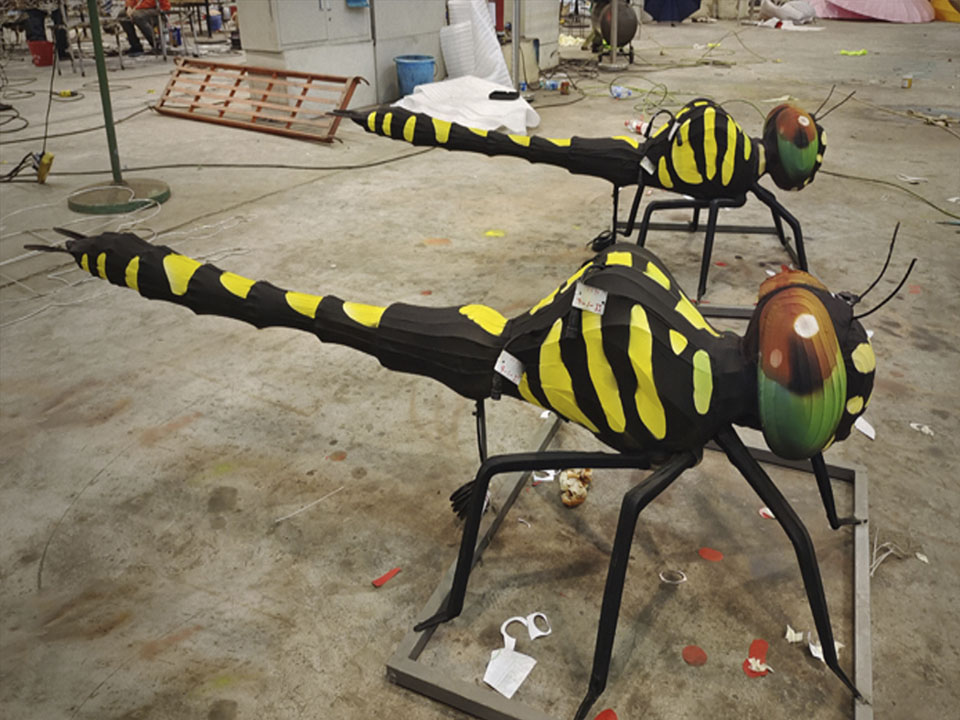

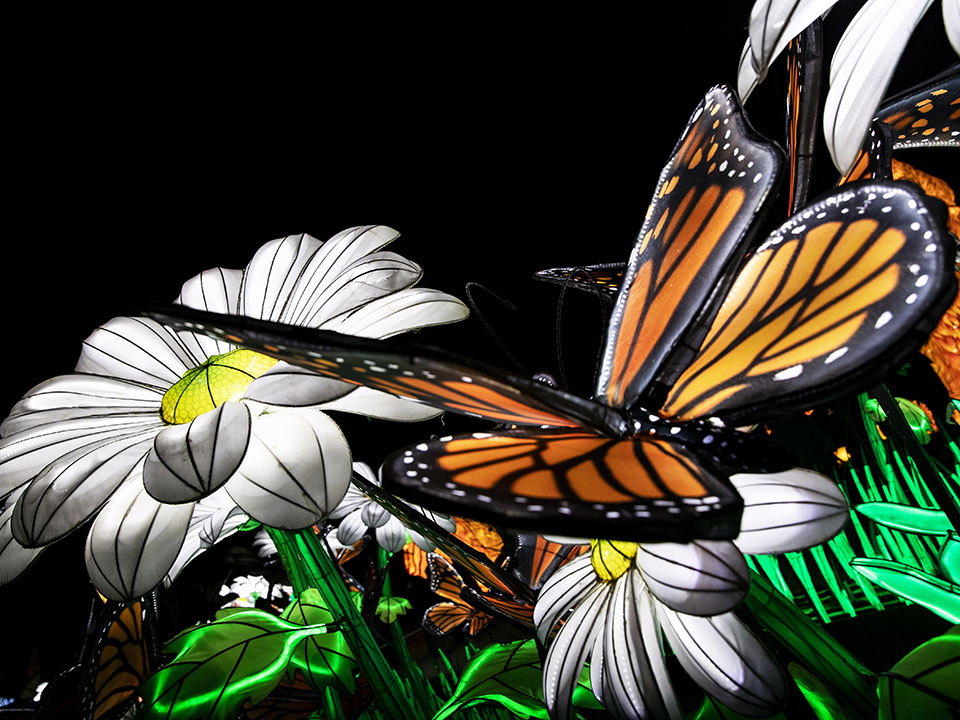
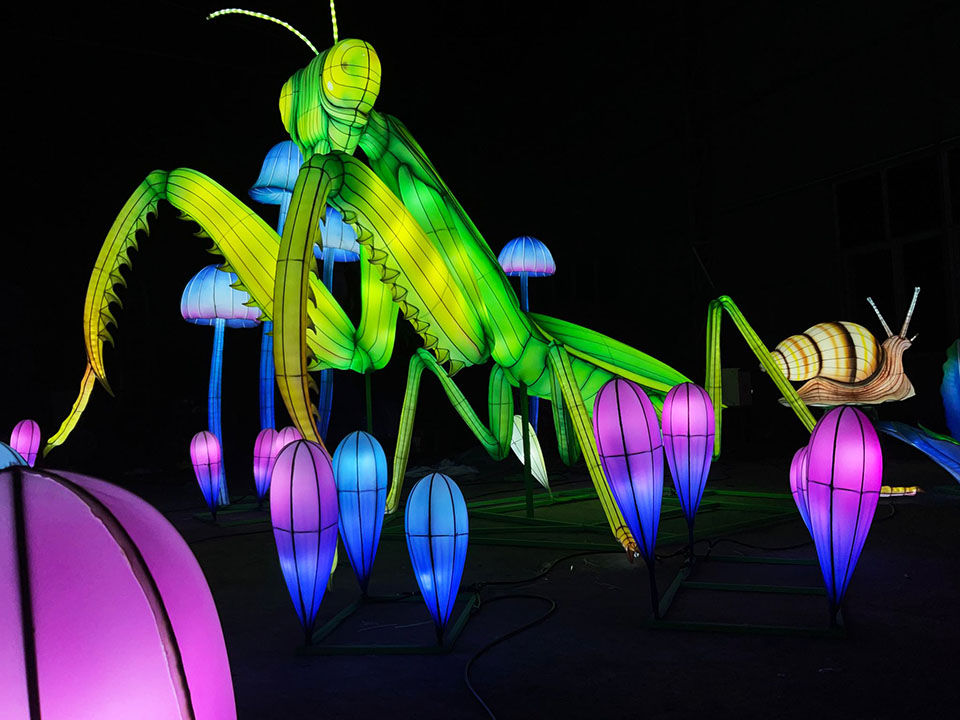
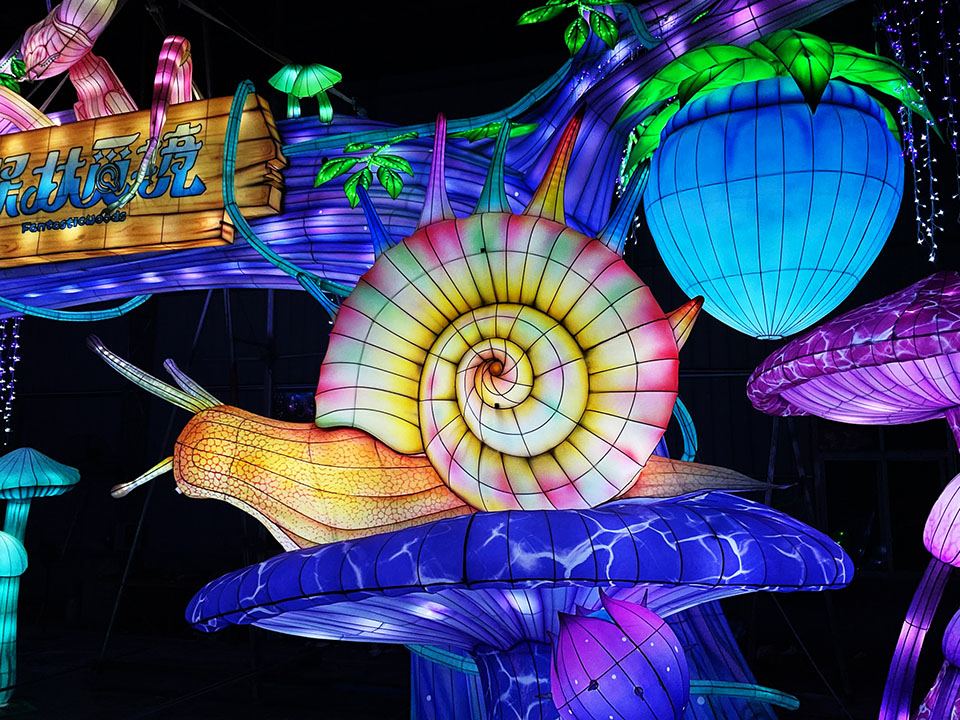
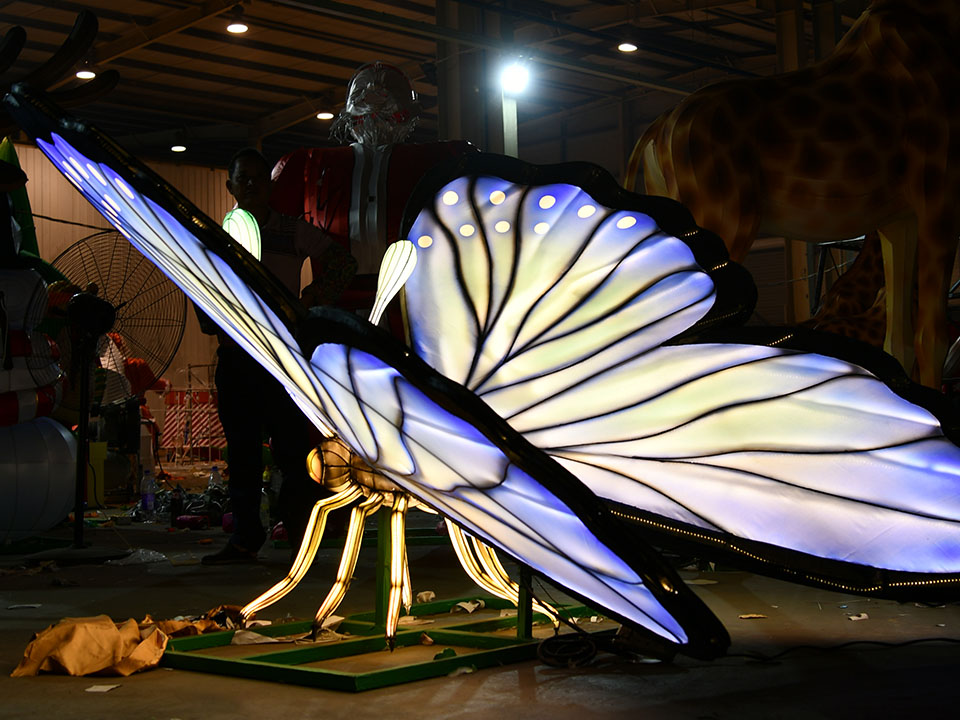
Technological process of colorful Chinese lantern lights
The lantern artisans are in the process of meticulously welding the intricate insect shapes, a task that is both time-consuming and demanding. Due to the complexity of the insects’ joints and body structures, the craftsmen are putting forth their best efforts to ensure that each detail is perfectly welded and artistically displayed, so that the final lanterns will be true lantern masterpieces.
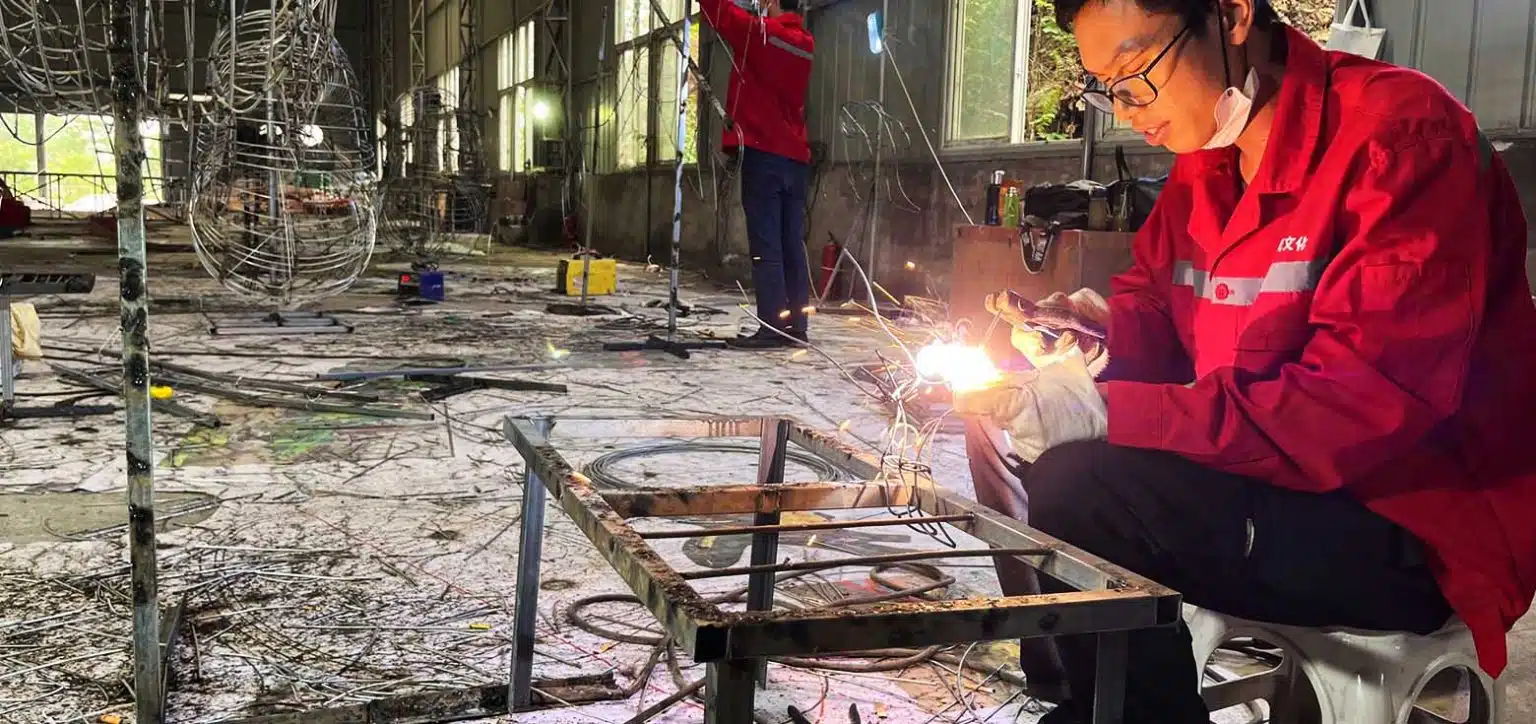
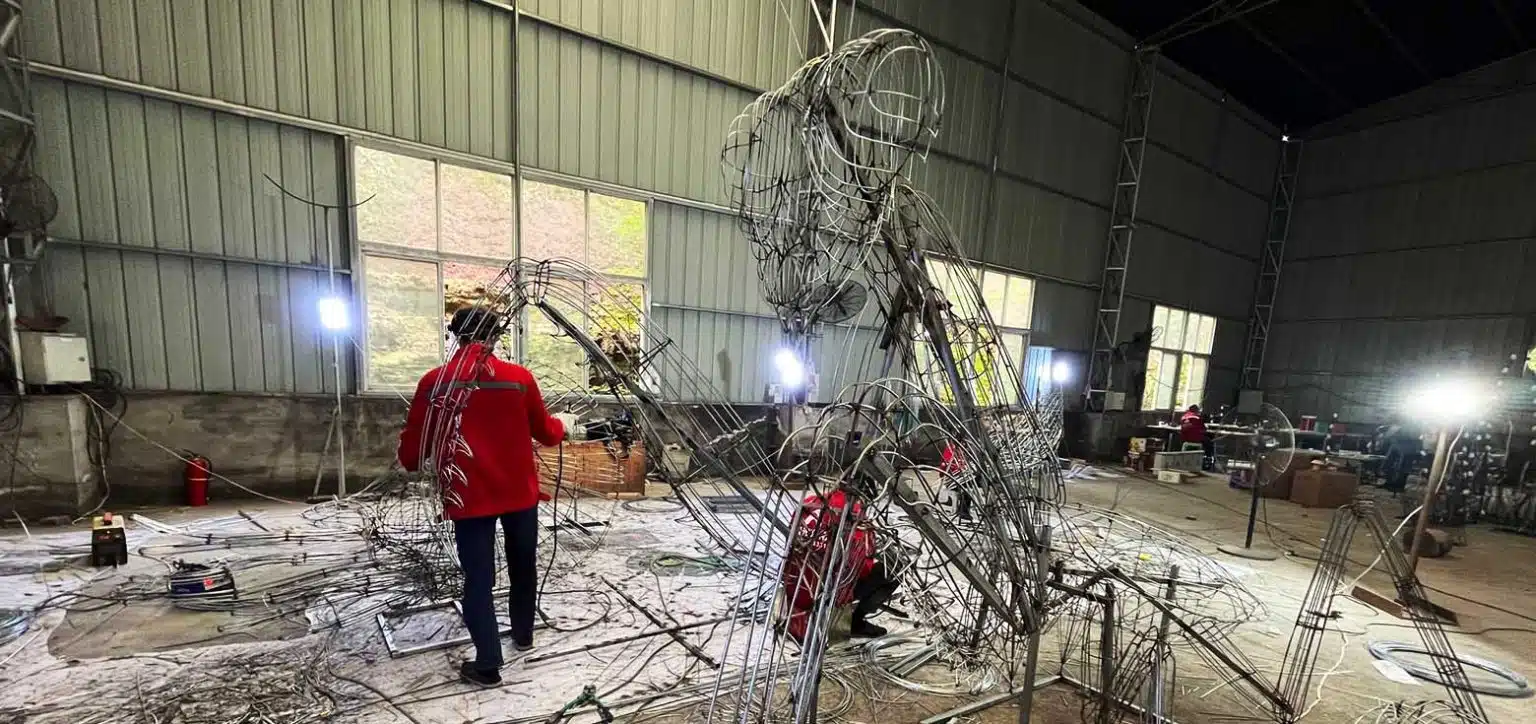
The majority of the lanterns, upon closer inspection, tend to resemble unfinished, unpainted 3D models, as if they were sculptural sketches brought to life. Their surfaces lack the vibrancy of color, leaving them with a raw, almost industrial appearance that suggests they are mere prototypes rather than completed artworks. This gives them a unique, minimalist charm, as though each lantern tells a story of its own, waiting for someone to fill in the details with their imagination. The stark, unadorned quality of these lanterns allows them to stand out in any setting, drawing the eye with their simple, geometric shapes and unassuming presence.
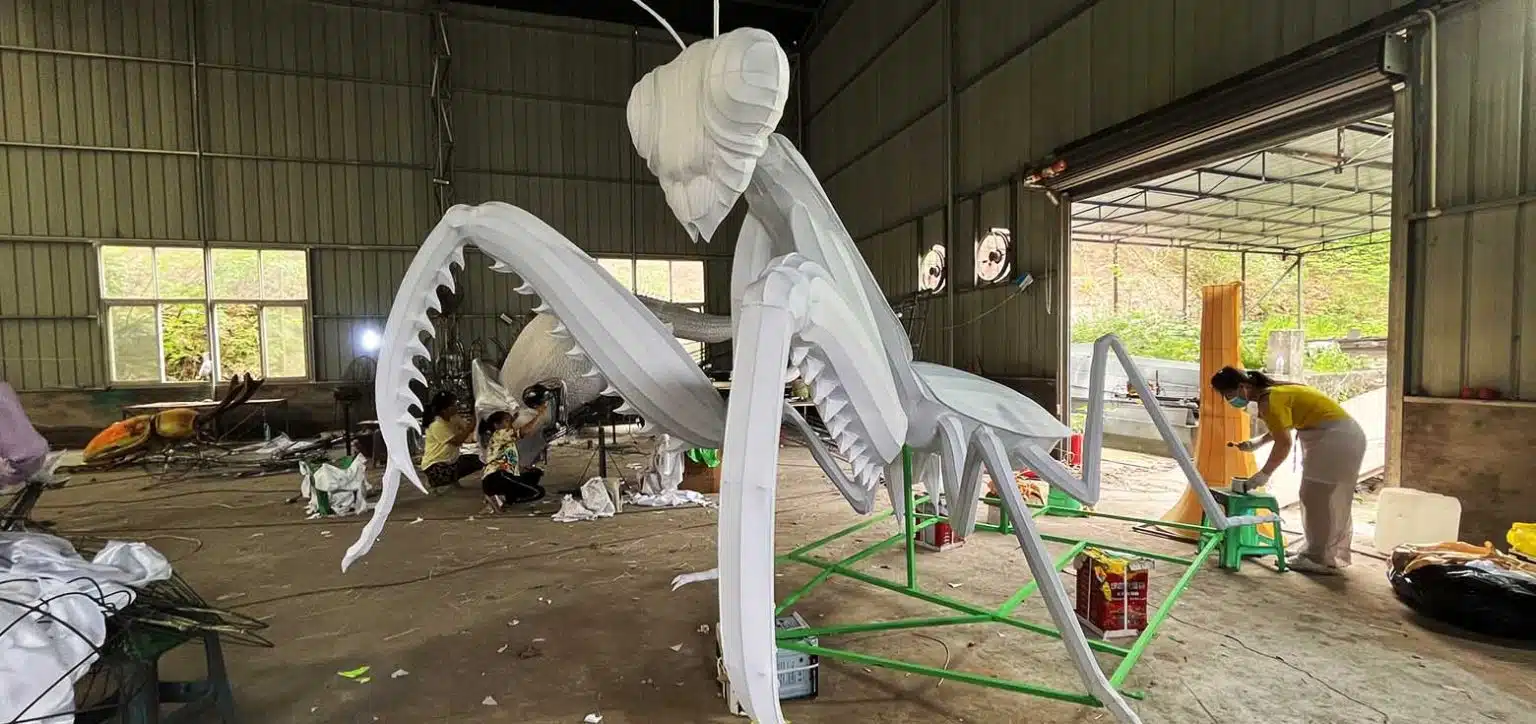
From white to real insect colors, this painting work requires access to many complex tools, and this step also requires experienced artists to complete.
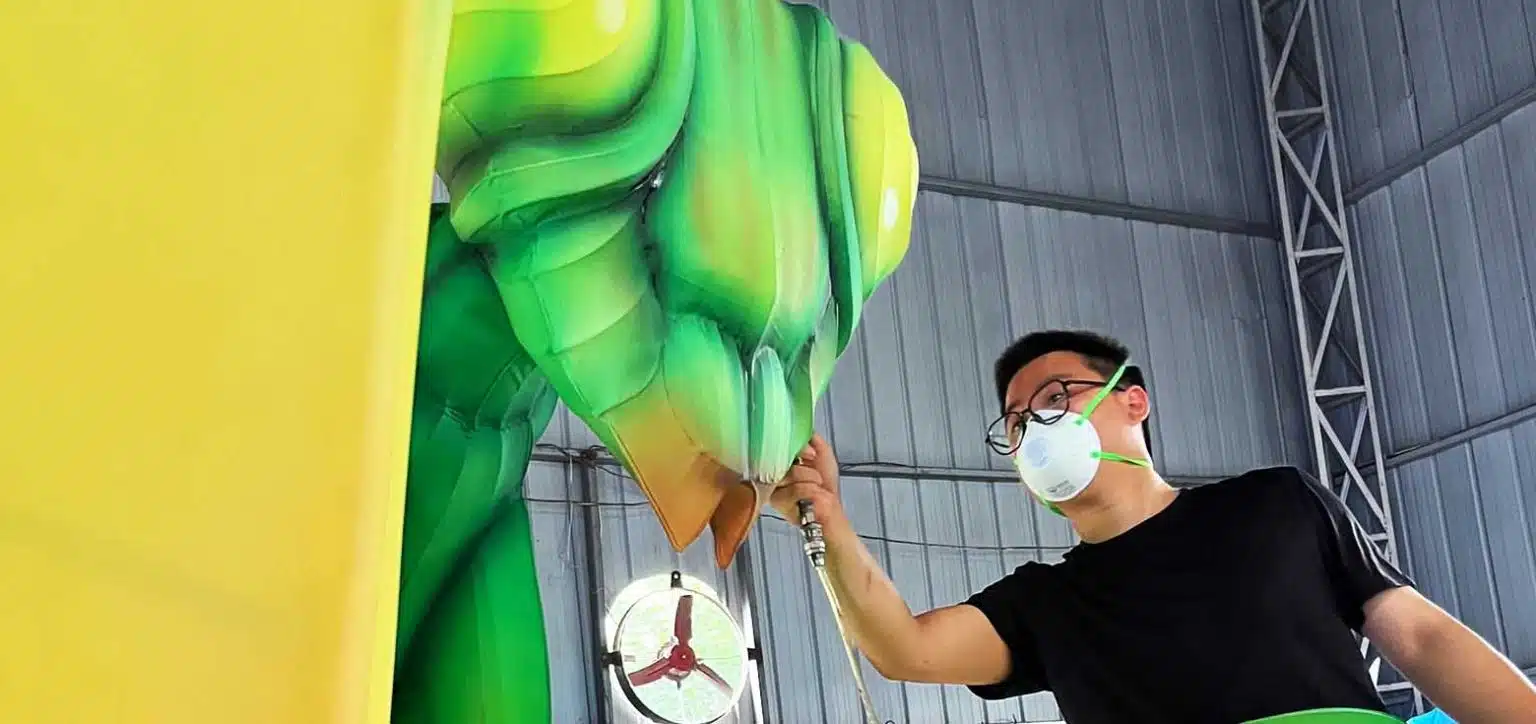
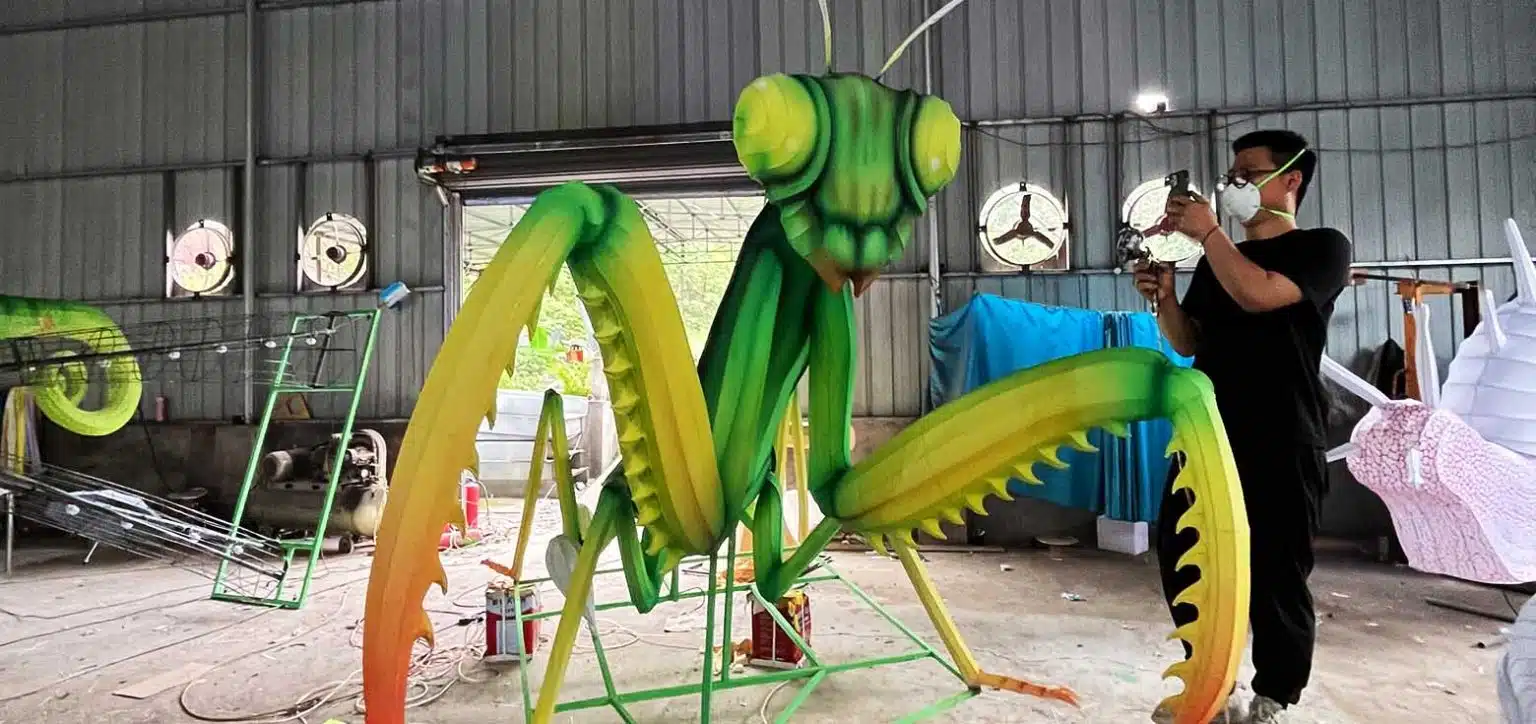
We have provided meticulously crafted renderings of the completed lanterns, vividly capturing their enchanting appearance during both day and night.
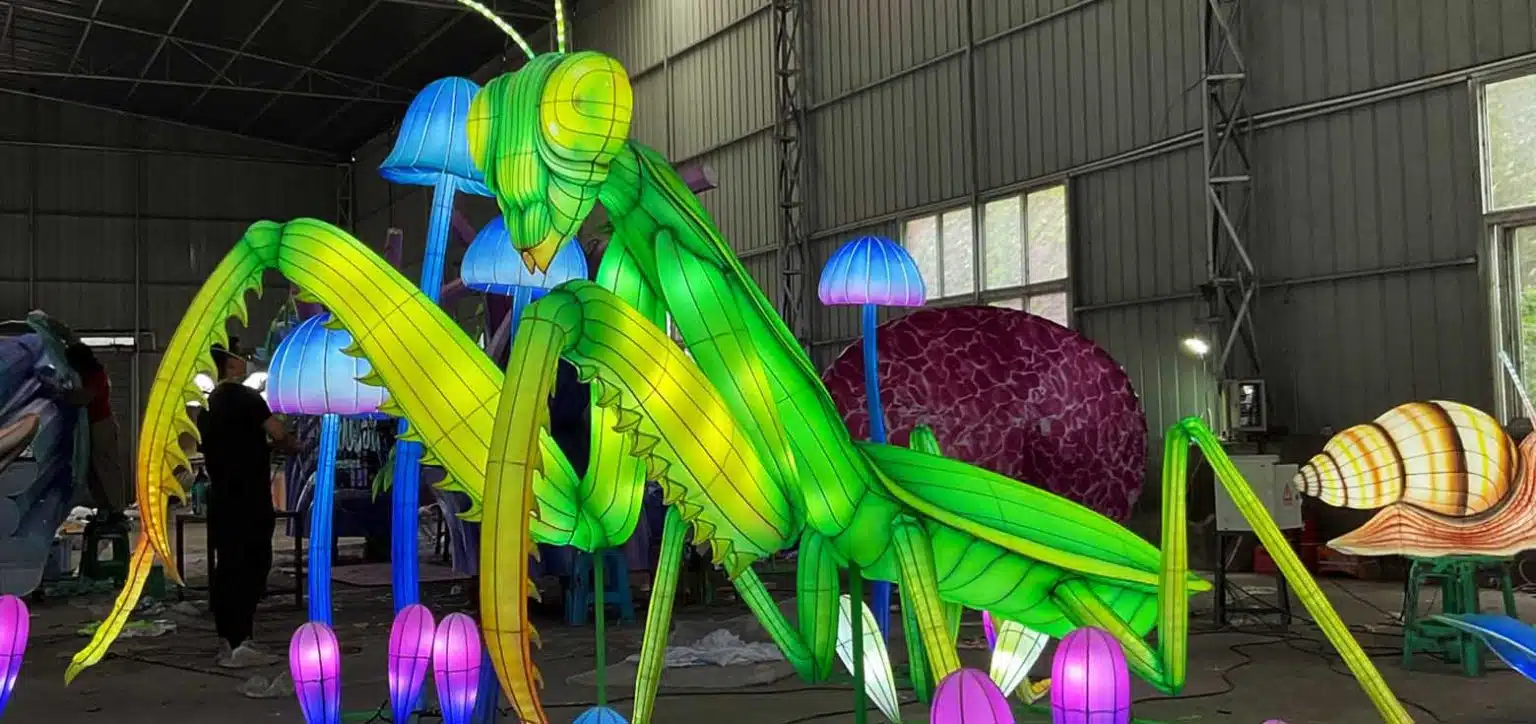
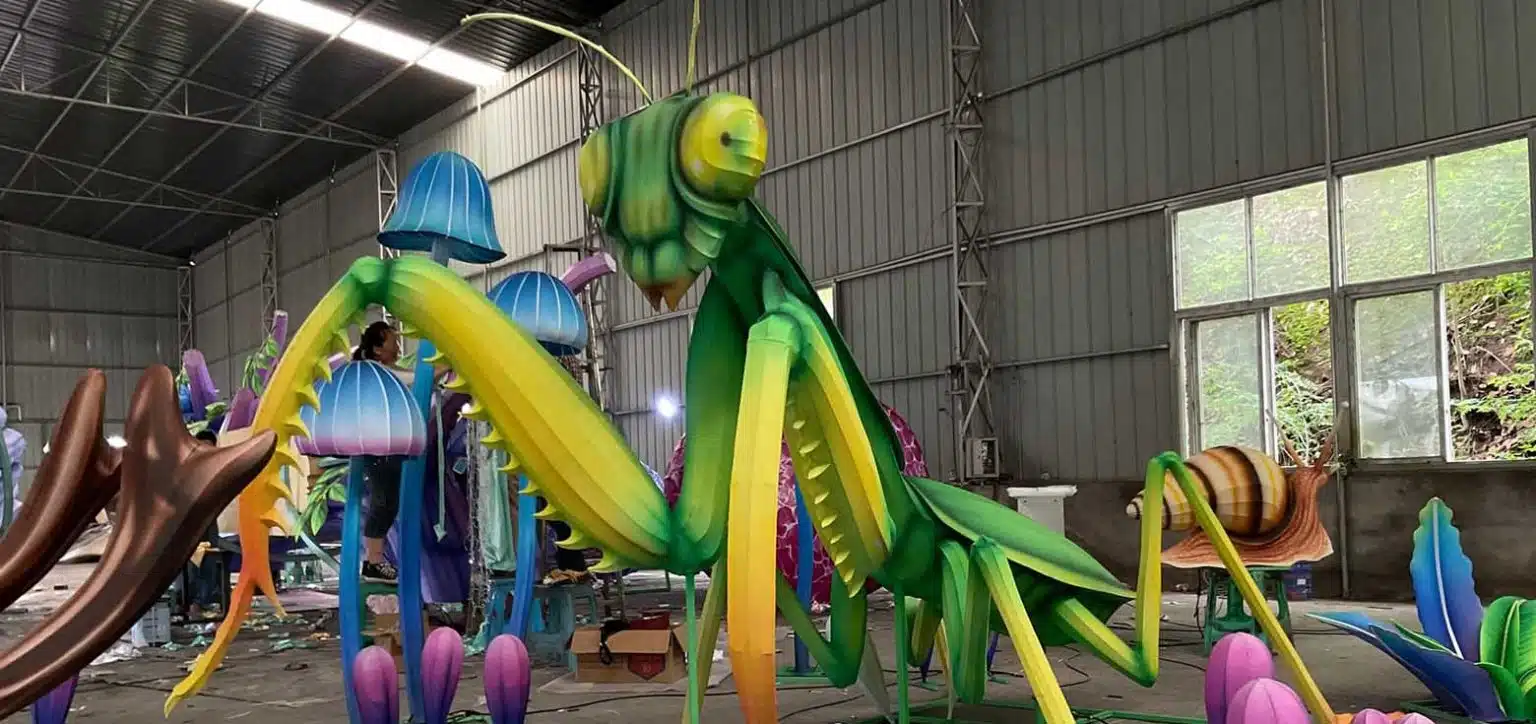
You might find insect-themed lanterns unfamiliar. Indeed, they are rarely seen at lantern festivals and light shows worldwide, or perhaps they exist only in a corner or by the roadside, not as eye-catching as other lanterns. Just like insects themselves, no matter how inconspicuous, they share the same world with us humans. The educational significance of insect lanterns far outweighs their role as decorative lanterns. This is the meaning of Chinese lanterns.





